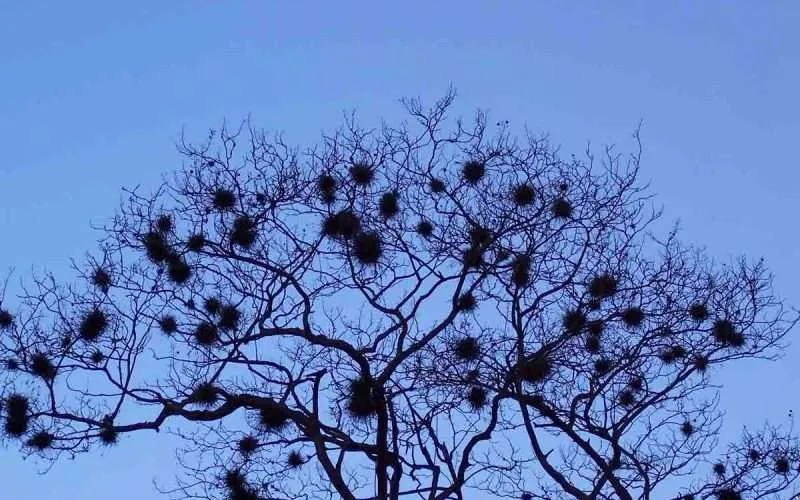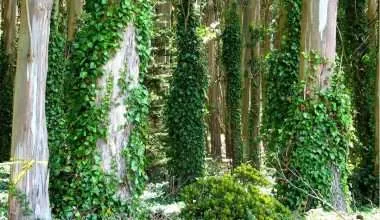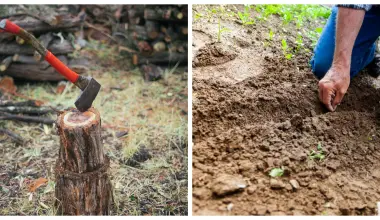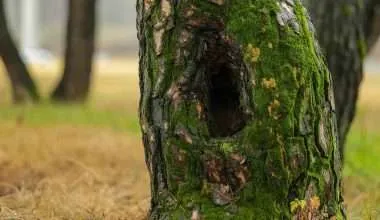Table of Contents Show
The second you see ball moss (Tillandsia recurvata) on your oak tree, you rush to your oak tree’s rescue. All guns blazing, the proverbial knight in shining armor, you’ll do whatever it takes to save your tree. Even if that entails mechanically pulling away every bit of ball moss from the oak bark.
Dealing with ball moss on your oak trees is neither as simple nor as difficult a task as you imagine it to be. So before you go on your ball moss eradication spree, hold your horses!
Just what is ball moss, and why do you even need to remove it? Is it harming your tree, or do you just find the moss unsightly and so want to strip it away from your bark?
Understanding Ball Moss
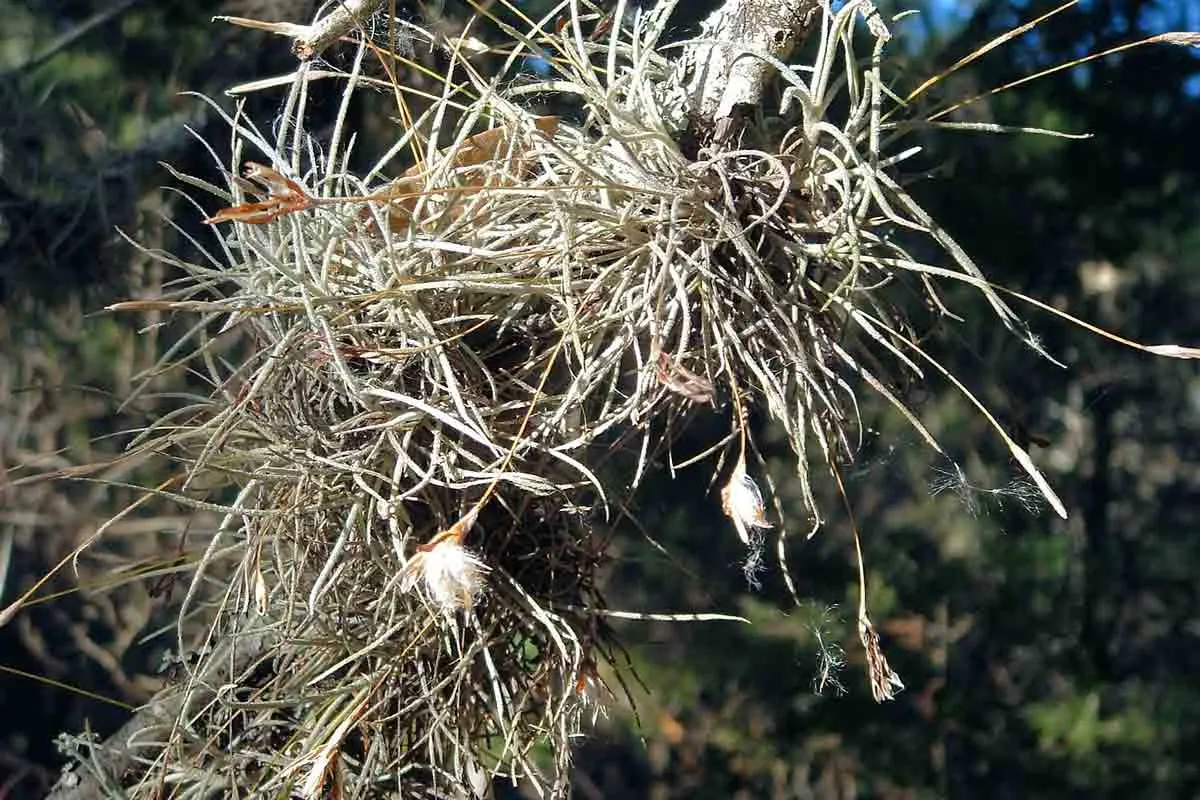
A gray-green hued plant, ball moss is easy to spot both on tree branches as well as on telephone wires. The moss grows as small clumps, each one about 6-10 inches away from the other.
There is a very specific reason why the moss grows on tree barks and telephone wires rather than in soil. It is an epiphyte, a plant type that attaches to power lines, fences, and especially other trees.
Ball moss has tiny seeds, small enough to be blown about in the wind. As the seeds blow, they manage to reach a suitable surface, such as the branch of a tree or a wire.
Here the seeds begin to germinate and grow, likewise beginning to grow adventitious, or false, roots. These adventitious roots help the newly-sprouted seedling attach to the surface it is on; in your case, the oak branch.
The plant does not get nutrients from the branch of its host tree. Instead, the nutrients it uses to grow come from other sources such as atmospheric moisture. Epiphytes have the ability to convert atmospheric nitrogen into a form that plants can absorb.
Moreover, epiphyte plants such as ball moss are ‘true plants’ and have the ability to bear both fruits and seeds. Pineapple, as well as Spanish moss are other examples of epiphyte plants.
Removing ball moss from your garden soil
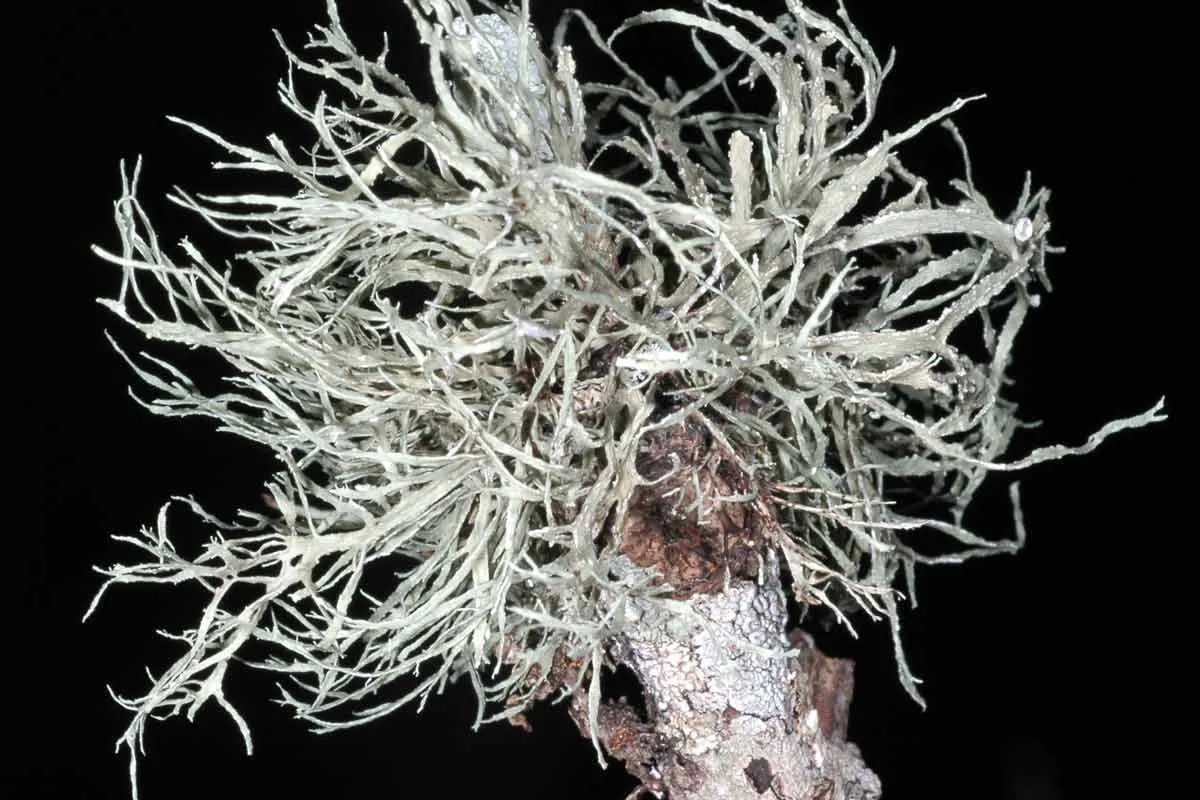
When you decide to get rid of the ball moss that is harming your oak trees, you will have to choose a method to do so. Luckily, growers have a few options. Mainly one of two types of methods may be used. A grower may use natural methods of which a multitude of solutions are available. Alternatively, the grower may simply use the picking, pruning or spraying methods to eliminate the moss.
Treating Your Oak Trees For Ball Moss
The identification of ball moss is critical to its removal. Ball moss is frequently confused with Spanish moss, a related cousin. Spanish moss is an epiphyte-like ball moss that thrives on air moisture and nutrients.
Spanish moss is different from its ball moss cousin in that it does not have root tendrils to anchor onto the tree. It is a very beautiful and graceful plant that hangs over tree branches in masses up to 20 feet long (6 meters).
It has small blue-green blossoms that are difficult to notice but emit a lovely aroma that wafts through the evening air.
It is absolutely critical to identify the difference between the types of mosses. While Ball moss may actually harm your oak tree, Spanish moss does not tend to do the same. The sole adverse effects of Spanish moss are that it weighs the tree down. It is therefore critical to know when you have ball moss that absolutely needs to be removed and when you have harmless, beautiful Spanish moss.
Following are detailed descriptions of the methods that you can use to rid your oak trees of the pestering Ball moss.
1. The Picking Method
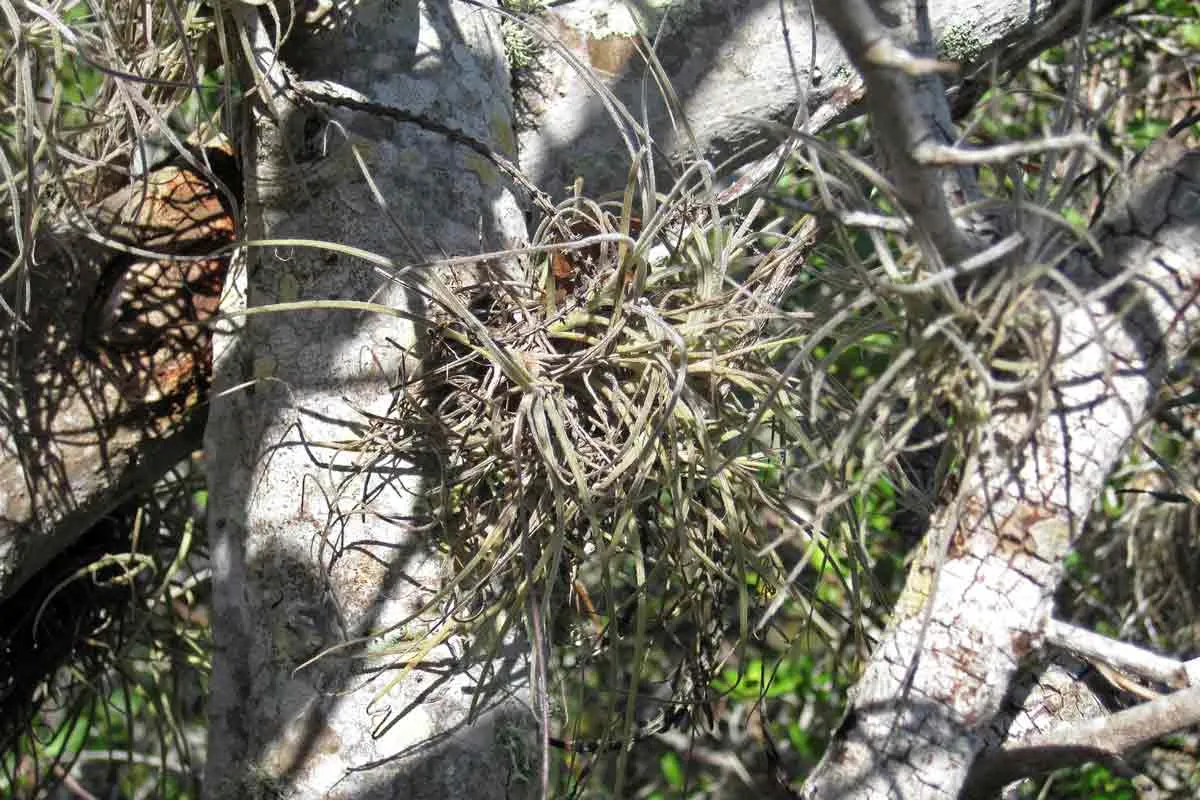
This procedure works well on little clumps of ball moss that aren’t overly established. However, because each clump must be removed by hand, it can be time-consuming. If you have a cherry picker, you can finish the work in half the time.
You may construct your own DIY tools to help you pluck ball moss off your trees, especially if they are difficult to reach. Quite a few DIY tools can easily be made to get those hard to reach ball moss. However, if you do have a few oak trees, it may be wise to invest in professional tools.
Once you’ve removed as many ball moss clumps as you can, wrap them in a plastic bag and toss them away.
This method of ridding your trees of ball moss does have a few benefits to it. Namely, since you are going to remove all the clumps of ball moss by hand, you will be able to ensure that none are left once you are done. This completely eliminates ball moss from your tree.
Moreover, since you are picking each clump out and not using any industrial chemical, this method is completely organic. You don’t even have to worry about any pesky side effects from those moss killer chemicals meant to eliminate the ball moss from your garden.
Another additional benefit of this method is the fact that it causes the least damage to your trees. While the picking method is time consuming and for that reason expensive, it does ensure that only the damaged parts of your trees need to be cut. Your trees will suffer the least amount of damage with this method.
2. The Pruning Method
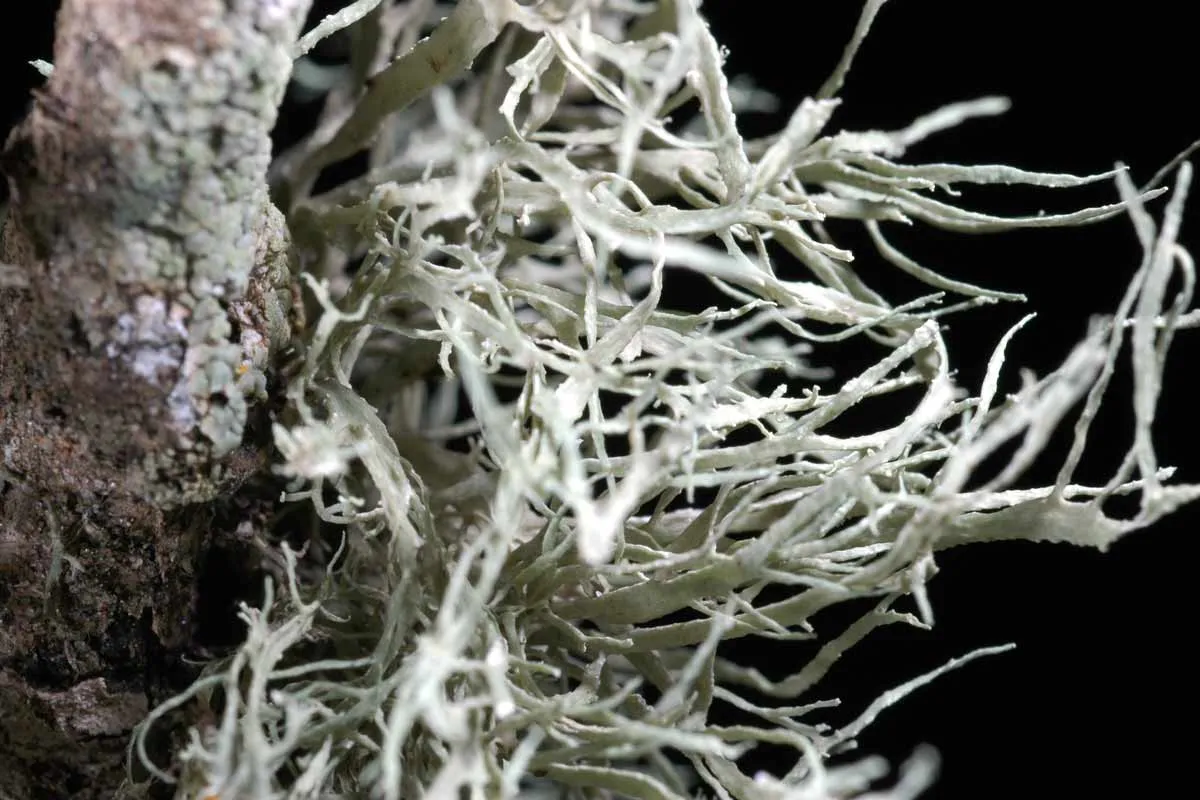
Pruning is another approach that entails cutting away and totally eliminating the oak tree’s dead or dying internal branches. Because ball moss develops mostly on dead branches, this method will remove virtually all of the moss from your oak tree. This takes time, and you may want to employ a professional tree trimmer to help you with it.
Beetles that dig into wood create oak wilt. They are drawn to the sap of oak trees, and they are drawn to new cuts on oak trees. The bugs’ bodies contain a fungus that causes oak wilt, therefore oak wilt spreads everywhere the beetles travel.
This is why using a pruning seal on any cuts made while trimming an oak tree is critical. The timing of your oak tree’s trimming is also important in minimizing the spread of oak wilt disease. Due to the fact that beetles are most active in warm weather, it is best to trim your oak in the middle of summer or winter.
The pruning method comes with its own set of unique benefits for your tree. Obviously, the first benefit is that you will likely get rid of all the ball moss on your trees. However, a surprising benefit is that regularly pruning helps your trees grow better.
Moreover, while cutting off the dead branches and infected parts of your tree, you can slim down the canopy of the tree. This allows more sunlight to reach the inner branches of the tree. Extra sunlight reaching the tree ensures that ball moss does not regrow in those places.
3. The Spraying Method
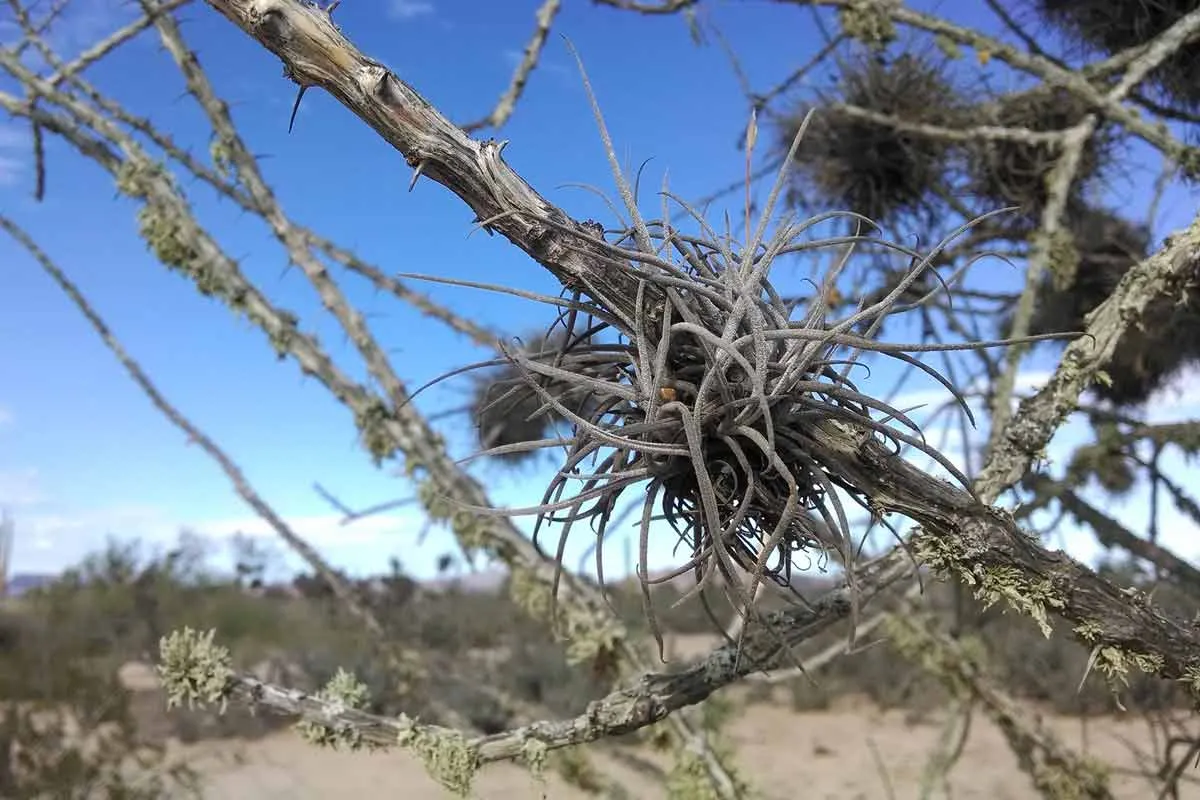
This procedure entails spraying a pesticide on the tree. Organic chemical sprays should only be used as a last option because they can discolor brick walls and roads and harm the leaves of other fruit trees if sprayed on them. They are in fact poison used to kill the pests. That is why due to their toxic nature, chemical sprays are reserved as a last resort.
Before spraying the poison, remove any dead branches. By trimming, you will remove the majority of the branches afflicted with ball moss, requiring less of the chemical. Not only does using less chemicals keep your tree healthy but also proves to be slightly more economical.
To completely eliminate the ball moss from your oak trees, you may have to use a combination of chemicals to treat your trees. Often an organic fungicide is used to kill the moss in combination with another chemical agent. The chemicals work together to ensure that the moss is not only dead, but also that it does not reinfect your trees.
Spraying is an efficient method for eliminating ball moss, although it may take up to 18 months for the root tendrils to die sufficiently for the clumps to fall from the tree. The ball moss will turn dark gray after spraying, and the leaf structures will tip downwards rather than remain erect.
Achieving Success!
For a successful application of the chemicals on your tree you will have to follow all the instructions on the pesticides you are using. Generally, while all the important information can be found on the packaging of your pesticide, you may be able to use some of the following tricks.
When you are spraying your tree make sure that you have the correct dosage of chemicals based on the size of your tree. The concentration of chemicals being used depends on the size of your tree. While the correct dosage varies depending on the chemical you are using, generally about 3 pounds of chemicals are used with 100 gallons of water per foot of your tree’s height. Always refer to the instructions on your chemical pesticide for optimal results.
When you have gotten the correct dosage and have mixed the chemicals and prepared them in a sprayer, it is time to get to it. Make sure to spray the entirety of your tree, not just the parts that are affected. However, be extra careful to completely wet the infected parts of your tree.
Upon application of the chemicals, the clumps of ball moss will turn gray. Following this, the clumps of moss will shrivel up and die in about a week. However, they will still stay stuck on your tree until the next strong winds or stormy rains knock them off.
For Best Results…
While any single one of these methods will probably work for riding your tree of ball moss, it is advisable to use a combination of these methods for best results.
The ideal method for removing ball moss from your oak tree is to combine the three elimination techniques: picking, trimming, and spraying. This combined strategy will also keep ball moss at bay. Starting to pluck the moss will remove it from the tree, but it will not prevent the air plant from returning.
This is why, in addition to picking, pruning is vital. Removing deadwood from your oak tree decreases the possibility of ball moss attaching itself to the internal branches. It also looks after the tree’s general health.
After trimming your oak tree, spray it with ball moss. Spraying with a copper-based fungicide or baking soda and water prevents the growth of ball moss. Spraying can also reduce the possibility of a new infestation.
Natural Solutions for Eliminating Ball Moss
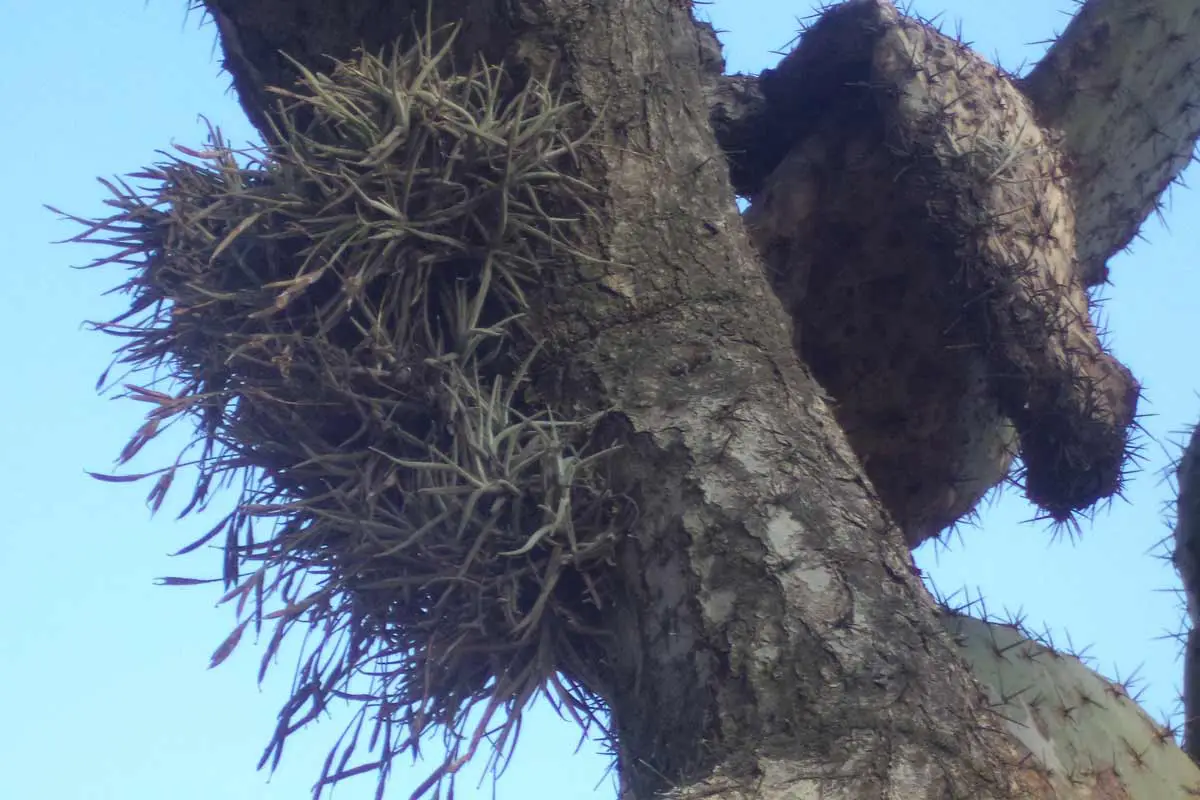
There are natural therapies that may be utilized to eliminate troublesome ball moss from your oak trees in addition to the ways outlined in this article. We’ve developed a list of natural, organic remedies to your ball moss problem.
To achieve the greatest outcomes, combine preventative approaches with removal tactics.
- For those who do not wish to use chemical sprays to kill the ball moss, an alternate, organic solution exists. Instead of using industrial chemicals a mixture of baking soda and water can be used as the chemical spray. About half a pound of baking soda is mixed with a gallon of water and sprayed on the tree. This mixture will give results identical to what you would expect from any other chemical pesticide spray. However, this organic mixture can burn the leaves so it is best to avoid spraying it on the leaves of the tree.
- Alternatively, some people prefer to simply use a high pressure hose to simply knock off the clumps of ball moss. WIth a high enough pressure it is possible to achieve this.
- Another alternate method is to simply scrap off the ball moss from your tree. For this it may be best to use a pole or a sturdy metallic object that can easily scrape off the ball moss.
The problem with moss
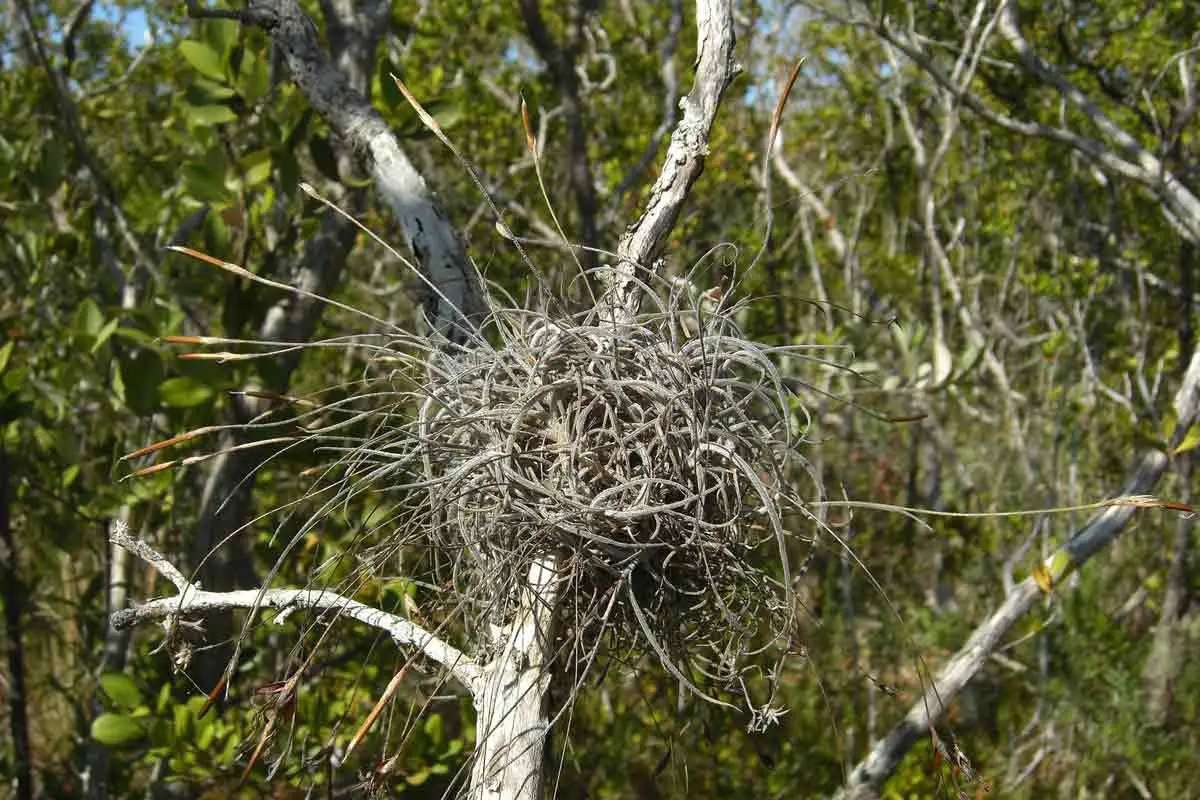
If your tree is covered in some form of moss, it is natural to feel anxious. No oak tree grows overnight, and of course, the last thing that you want is for your tree to die because of some moss. But is this moss actually dangerous?
A subspecies of the Spanish moss family, ball moss is easy to mistake for Tillandsia usneoides, or spanish moss. However, it is important to understand that ball moss is neither a parasite, nor does it actively work to kill your plant in any way.
In spite of the fact that ball moss does stick to the bark of the oak tree, it does not take nutrients away from the oak. A premium sign of your oak’s suffering would be the way every oak leaf on your tree would begin to droop.
If no leaf is drooping, then your tree really isn’t suffering. So since it isn’t such a menace, why is it so important to get rid of ball moss? According to the city of Baton Rouge, LA, an area where ball moss is abundantly found, here’s why:
1. Avoids live oak trees
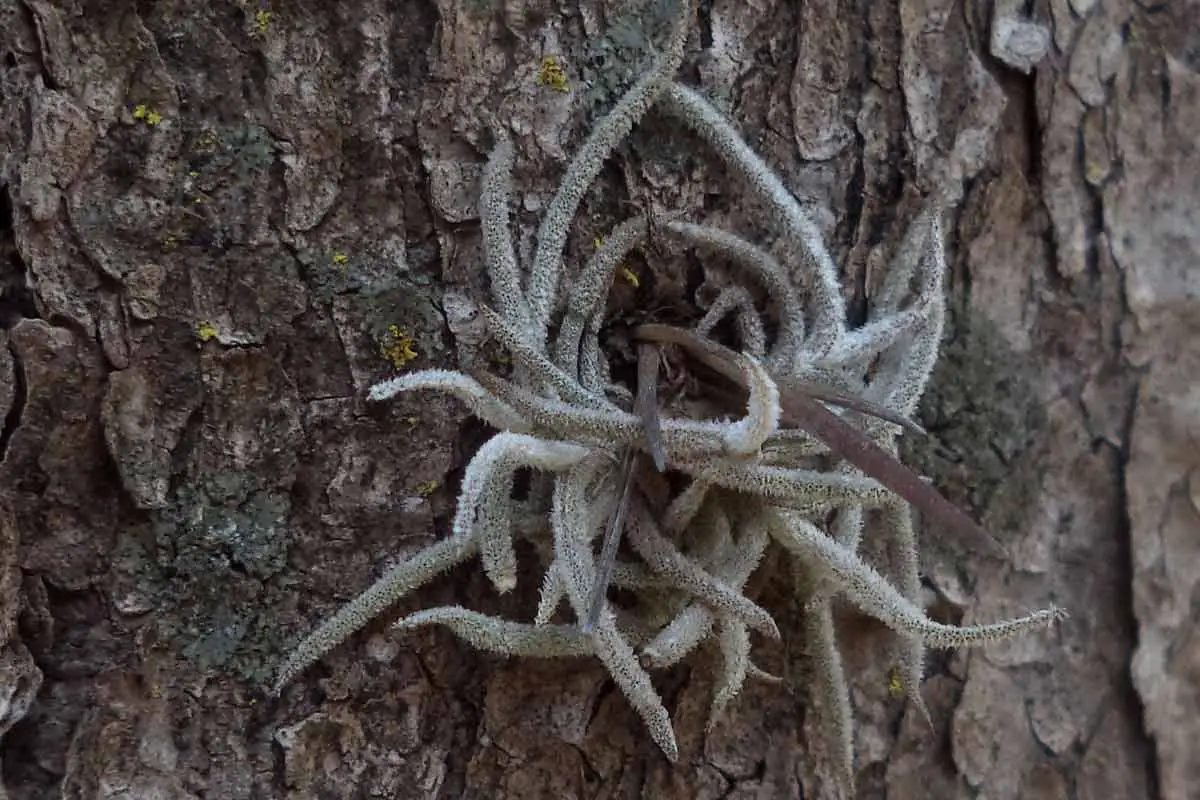
Ball moss can lead to heavy infestation of oaks, especially the ones that are already not the healthiest oaks around. Here it is important to understand that the ball moss itself does not make an oak tree sick.
Rather, the oak tree branch or tree trunk that is infected usually belongs to a tree that is already sick. Once a tree branch or tree trunk begin to shed leaves, the ball moss growing on them becomes more apparent.
Ball moss once it dies, actually falls to the ground and decomposes to provide natural fertilizer for the oaks.
2. Ball moss is an unsightly sight
Ball moss growing on a tree limb can actually block the sunlight. Without sufficient sunlight reaching every oak leaf, the oak leaf can’t photosynthesize or provide sufficient nutrients for plants. A heavy infestation of ball moss is not aesthetically desirable.
3. Ball moss can lead to infestations and overall decline of oaks
The oak tree, be it red oak or white, can have its sunlight supply cut off. This can lead to infestations as well as leave the tree susceptible to insect attacks. For instance, red begs can attack the tree bark infecting the tree and weakening it.
